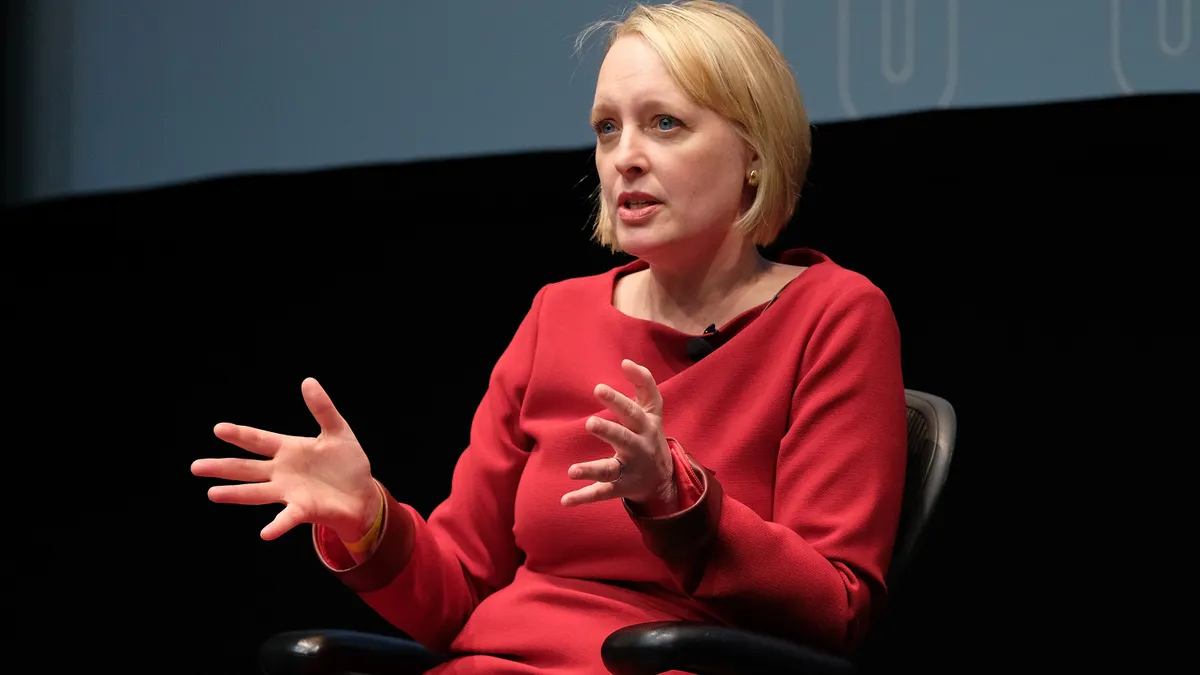Campus recruiting has long been a favorite of those responsible for finding talent. After all, what's not to love about access to qualified talent that is also unemployed and amenable to entry-level positions?
Turns out, it could amount to age discrimination.
A recently filed lawsuit alleges that PwC discriminates against older workers by focusing its recruiting efforts on college campuses and school-affiliated job sites. The plaintiffs are currently seeking class status, which, if approved, could add 14,000 workers to the suit.
Do campus recruitment recruitment efforts mean younger hires? The numbers are suggestive. Bloomberg reported on a study about PwC, revealing that younger applicants had a 538% better chance of being hired than candidates 40 and older.
Even if campus recruiting itself is not discriminatory, its results may have a disparate impact on older workers, an effect that could still create an Age Discrimination in Employment Act violation, according to Mark E. Spund, chair of the employment law practice group at Davidoff Hutcher & Citron.
“As the Supreme Court held in Smith v. City of Jackson, the ADEA allows older workers to prove age discrimination based on 'disparate impact,' i.e., even a theoretically neutral method of choosing applicants constitutes age discrimination if that practice disproportionately harms workers 40-years-of-age and older," he told HR Dive.
For what it's worth, PwC is vehemently defending its campus recruiting practices. But while businesses across the country await the outcome of this case, there are a few steps they can take in the meantime.
Promote a culture of diversity
Many employers have launched diversity and inclusion initiatives, but older workers often aren't the focus of such programs. Especially if campus recruiting efforts are part of your talent acquisition strategy, this aspect may be more important that ever.
It starts with communicating your corporate culture in all the content you provide, and making sure it promotes the message you want to send, says Brianna Foulds, director of talent acquisition for Cornerstone OnDemand.
Ads on job boards should link to a website that illustrates the organization you are and want to be. Prominent images should show a varied workforce, Foulds said, giving candidates a “window into your work environment."
Create connections
While job boards and hiring platforms bring in quantity, real-life connections can bring quality.
In the course of your college recruiting efforts, you can deliberately develop relationships with professors and campus groups that represent underserved populations, such as working learners, helping to expand talent searches to include a wider range of applicants.
Peer past the ivy
In addition to recruiting in the Ivy League (where the competition is fierce), employers may want to consider recruiting at colleges that represent underserved communities. Foulds recommends looking to historically black colleges and universities, and institutions focused on serving Hispanic populations, for example. Employers also can look to schools where students' average age is higher.
Foulds also suggests partnering with student groups that represent diverse communities: “Make diversity the norm, not the anomaly.”
Virtual career fairs
Whether hosting them on your own, or participating through a platform, virtual career fairs can reach a larger portion of students and help you meet your diversity and inclusion goals.
"Virtual career fairs — whether they target veterans, people with disabilities, or [other] communities – connect you with otherwise hard-to-reach groups and give you an opportunity to promote your company's diversity and inclusivity programs," Foulds said in a recent blog post.
Best practices mean a wider net
Regardless of what avenues you pursue, it's important to ensure your recruitment efforts reach a broad audience.
“Recruiting only on college campuses is theoretically neutral – people of all ages graduate from college," Spund said. "But, as a practical matter, if a company only recruits students from highly-selective, four-year institutions, the vast majority of its new employees will be in their early twenties.”
He recommends an application process open to everyone who holds the qualifications you require. “An open process not only avoids potential liability under the ADEA,” he said, “but also opens the process to non-traditional applicants who nonetheless are potentially valuable to the company.”
Whether campus recruiting is a part of your hiring strategy or not, and regardless of the outcome of the PwC case, the need to expand beyond the typical hire has never been more important. Diverse workforces are important to applicants and customers, and breed innovation, boosting your bottom line. They key is casting as wide a net as possible.




















